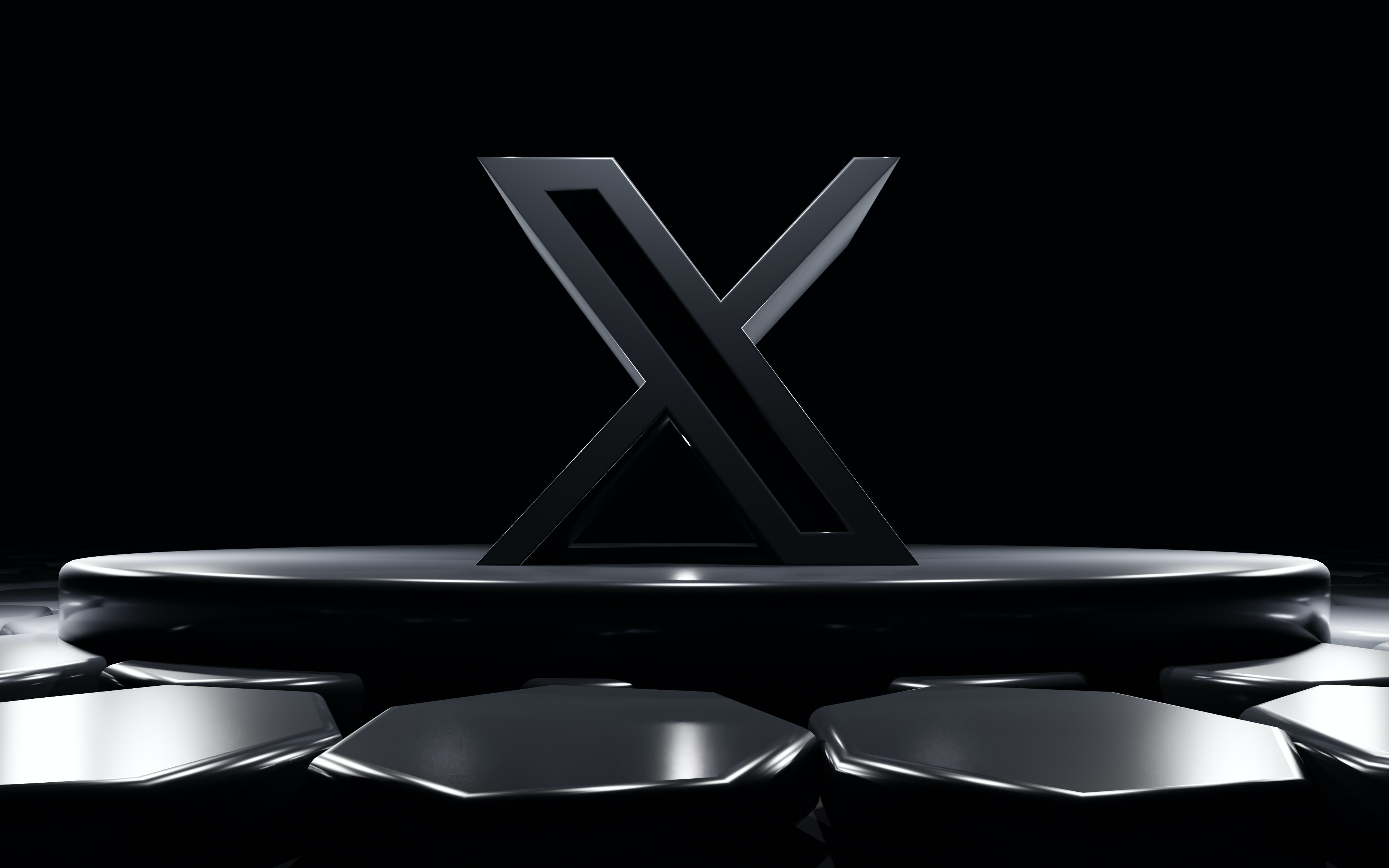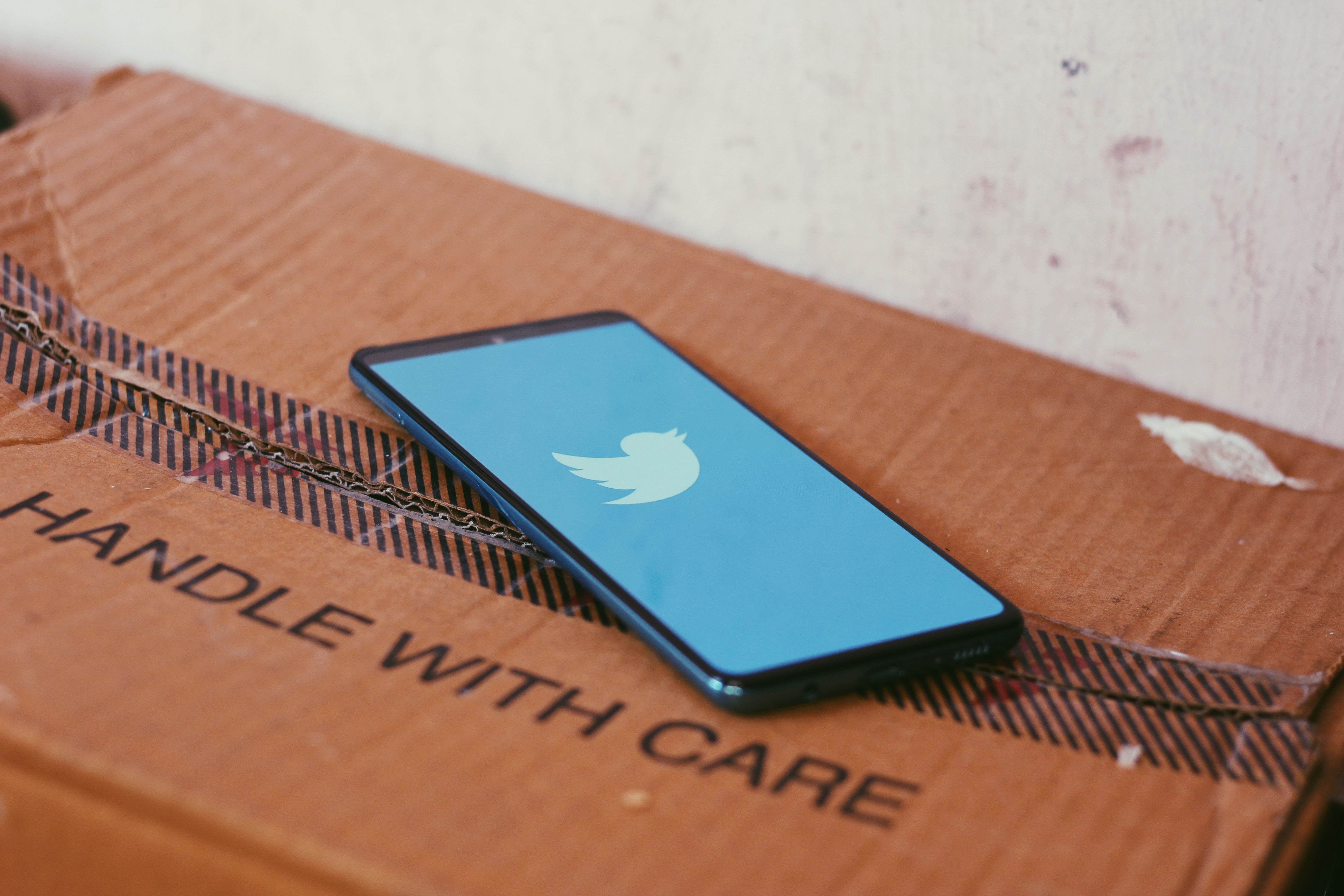
In the fast-paced world of social media, staying relevant is a constant challenge for platforms seeking to maintain their user base and attract new audiences. Twitter, the iconic microblogging site, has recently embarked on a daring journey to reinvent itself as “X.” This move is an effort towards Elon Musk’s end-goal of turning the platform into “an everything app,” and comes in the middle of his battle with Mark Zuckerberg’s Twitter challenger app, Threads.
While rebranding can be a powerful tool for rejuvenation and growth, it also carries substantial risks, as exemplified by previous rebranding efforts from other major companies.
Past rebranding: the good, the bad and the ugly
- Facebook to Meta: Facebook’s transition to Meta, focusing on the metaverse, was a strategic move to expand into the realm of AI and virtual reality. Although it garnered initial attention and excitement, the rebranding encountered criticism and skepticism from users and investors alike. The success or failure of this rebranding remains to be seen, but early signs have shown a mixed response.
- Dunkin’ Donuts to Dunkin’: Seeking to widen its product range beyond donuts and embrace their role as a competitor in the coffee sector, Dunkin’ underwent a successful rebranding. By simplifying its name but keeping the overall messaging and color scheme, the company signaled a broader focus on coffee and other offerings without straying too far from their original identity. This rebranding exemplifies how a well-executed transition can strengthen a company’s market position.
- IHOP to IHOB: The International House of Pancakes shocked the world when it teased a rebranding as IHOB (International House of Burgers). However, the change was short-lived, and the company eventually reverted to its original name due to overwhelming negative feedback. The switch from pancakes to burgers felt random and inauthentic, leaving consumers shocked and confused. The incident demonstrated how a poorly thought-out rebranding can lead to muddled messaging and backlash.
- ABC Family to Freeform: Disney’s ABC Family rebranded itself as Freeform to appeal to a wider, younger audience. While the new name aligned with the network’s edgier content, the transition alienated some loyal viewers and required substantial marketing efforts to reintroduce the network to its audience.
- Instagram’s Logo Change: Instagram’s rebranding involved a significant overhaul of its recognizable camera icon, replacing it with a simple, vibrant design. Despite initial backlash from users, the new logo eventually gained acceptance, and the platform continued to thrive. A large reason the app’s users remained loyal was because the change mainly made a difference in the aesthetic, rather than the functions of Instagram itself.

Analysis of “X”
Twitter’s decision to rebrand itself as “X” may pose several risks for the platform. First, the established brand equity built over the years could be lost, potentially alienating loyal users who identify with the Twitter name and logo. Second, the rebranding could lead to confusion among new and existing users, affecting user engagement and growth. Some also feel it is an odd time for Musk to make such a drastic change, as a large reason Twitter was retaining users against its new competitor Threads was due to people’s loyalty and familiarity with the app.
The risk for Twitter
Rebranding is a delicate endeavor that requires a thoughtful and well-executed approach. Twitter’s switch to “X” follows in the footsteps of other notable rebranding efforts, some successful and some not. The company must tread cautiously, learning from the outcomes of others.
Preserving brand equity and ensuring clarity for users are vital during this transformation. The goal should be to highlight the platform’s evolution without erasing the essence of what makes Twitter unique.